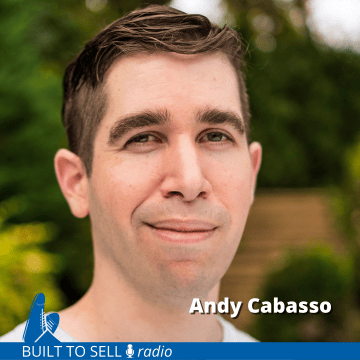About this episode
Andy Cabasso co-founded JurisPage, a marketing agency specializing in helping law firms in 2013.
Three years later, JurisPage had service contracts with more than 200 law firms when they got a call from Uptime Legal, an Inc. 5000 business specializing in technology and practice management software for law firms.
The two companies fit together like peanut butter and jelly which is why Uptime Legal acquired JurisPage in a seven-figure deal that closed in 2016.
There’s lots to learn from Cabasso including how to:
- Productize your service.
- Avoid scope creep in service contracts.
- Get paid when clients ghost you.
- Get your employees to follow your Standard Operating Procedures.
- Avoid being “catfished” by fake acquirers.
- Vet potential acquirers.
- Structure an earn-out to ensure you get at least part of your proceeds.

About Our Guest
Andy Cabasso is a digital marketing professional, speaker, and lawyer. He is the co-founder of Postaga, an all-in-one platform for link building and email outreach. Prior to Postaga, he started, grew, and then successfully sold a digital marketing agency.
Personal website: https://andycabasso.com/
Connect with Andy:


